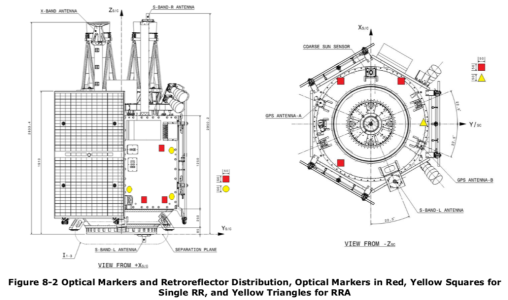Design for Removal: How to design S/C to support active debris removal if uncontrolled

The population of non-operational objects in the space environment is raising, increasing concern about the safety of operations for current and future space activities. In this respect, space agencies and in particular ESA with its ESA/ADMIN/IPOL (2014) have established policies to mitigate space debris creation. Please refer to the compendium of space debris mitigation standards adopted by states and international organizations, [RD.5], for additional information. This basically implies that satellites in LEO and GEO shall perform an End Of Life (EOL) disposal with a reliability of 90%. This, however, does not therefore exclude a priori the necessity of having to actively remove the satellite, as there still is left some considerable risk that the EOL is not properly carried out. Moreover, according to recent studies, even if end of life disposal is performed with a 90% success rate, active debris removal is still required to contain the growth of space debris. Active Debris Removal is, however, a complex mission which has not been fully demonstrated so far, as it has also been recently highlighted by ESA in which states: “The retrieval of a space system and return to Earth by means of an external chaser vehicle (Active Debris Removal) is an option that currently cannot be considered yet as a feasible baseline solution for all spacecraft and launch vehicle orbital stages due to high operational costs and low technology readiness”. The objective of D4R activity stems from the above statement and it is therefore to increase the feasibility of an ADR mission (both in terms of cost and technically) by identifying concepts that could be hosted on board a spacecraft to facilitate such future ADR mission, if the spacecraft fails to perform its nominal disposal manoeuvres.
